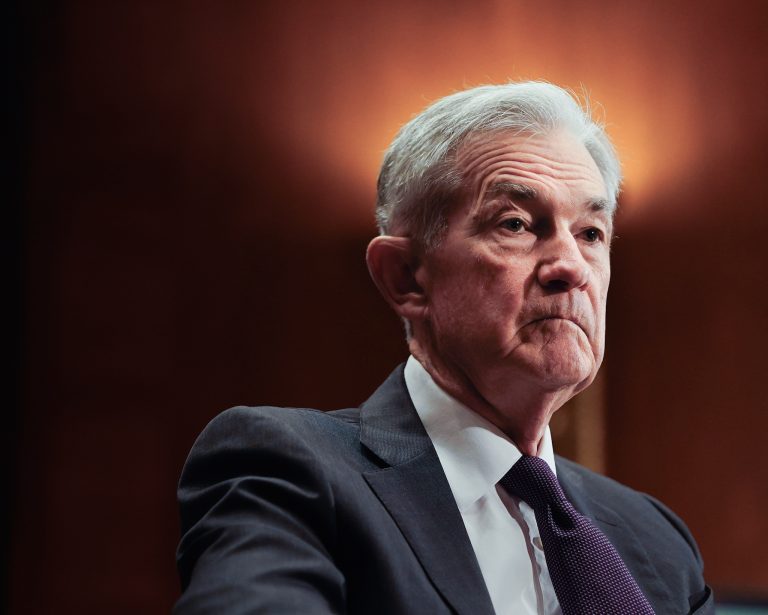To keep things manageable, only the seven Fed governors, the president of the Federal Reserve Bank of New York and the other regional reserve bank presidents, who rotate each year, can vote to lower (or raise) interest rates. This makes a lot of sense because it ensures that every region of the country has a voice, and it keeps the size of the meeting and deliberations manageable and prevents the meeting from turning into a debating club.
Imagine the next Fed meeting. The seven Federal Reserve governors and the five voting presidents of the regional reserve banks must decide whether or not to cut interest rates. And then there are the other seven regional reserve bank presidents who attend the meetings but have no vote. As you can guess, it is extremely important who votes and who does not.
Vyacheslav Fos and Nancy Xu of Boston College noticed something important in their study. Inflation and unemployment are not constant in the United States, and regional Reserve Bank presidents are naturally more influenced by economic conditions in their area of the country than others. This means that if, by chance, the voting members of the FOMC are all from low-inflation areas of the country, while the non-voting members are from higher-inflation areas, the Fed's decision is likely to be tilted in favor of a rate cut, even though such a rate cut may not be optimal from a national perspective.
Your initial reaction may be: so what? Regional members rotate, so while this may temporarily move the Fed Funds rate up or down, in the long run the impact should be relatively small. This is not true, however, because regional members do not always have the same choices.
In general, voting members have a choice between lowering the rate and keeping it or raising the rate and keeping it, not between lowering, keeping, and raising. Thus, the resulting Fed Funds Rate depends on which regional voting member is included or excluded during the rate increase cycle and the rate decrease cycle.
If regional voting members who come from low-inflation regions are rotated in and out of the rate hike cycle, the Fed Funds Rate will rise less than would be optimal. And this, in turn, limits the voting members' options during the rate cut cycle.
To give you an idea, I attach three key charts from this study. The top chart calculates the Fed Funds Rate if all regional members were eligible to vote at all meetings, and compares it to the actual Fed Funds Rate.
As can be seen from the chart, the rotation system resulted in a lower Fed Funds Rate on average than if all regional members had been allowed to vote all of the time. This happened by chance, as the rotation overlapped with different phases of the business cycle, but the result is that if all regional members could always vote, the Fed Funds Rate would be an estimated 100 basis points higher today. Hypothetically, today we could still be talking about a Fed Funds Rate of close to five percent instead of a rate of slightly below four percent.
The U.S. Treasury should actually be grateful to the Fed that this is not the case. The charts at the bottom show that if all regional members set the Fed Funds Rate, the repo rate market (this rate is applied to short-term loans made to commercial banks) would be $30 billion larger and the U.S. national debt would be about $130 billion higher to enable the government to cover the higher interest costs.


